This work is licensed under a Creative Commons Attribution-NonCommercial-ShareAlike 4.0 International License.
Definition
“A transmission line loudspeaker is a loudspeaker enclosure design which uses the topology of an acoustic transmission line within the cabinet, compared to the simpler enclosures used by sealed (closed) or ported (bass reflex) designs. Instead of reverberating in a fairly simple damped enclosure, sound from the back of the bass speaker is directed into a long (generally folded) damped pathway within the speaker enclosure, which allows far greater control and use of speaker energy and the resulting sound.”from Wikipedia.
Design process
The cabinet simulation was obtained with HornResp by entering the T / S parameters found on the woofer manufacturer datasheet.
Once I got the transmission line, I modeled it using Grasshopper for Rhino.
Since my transmission line had to be 3D printed I could introduce some innovation and work with much more complex surfaces; so the algorithm takes the parameters from HornResp and makes rectangular cross-sections in golden ratio, with an always correct parabolic trend of the surfaces of the duct during the folding.
The folded TL is then used in Fusion 360 for the design modeling.
Baffle step crossover (not added)
For the baffle step crossover design I used XSim, and I created FRD and ZMA files using FPGraphTracer. You can download them from the attached files list.
Live recording
At the beginning I clap my hands to show the room acoustics, the sound level, and the background noise of the microphones. The recording is done with my smartphone, which has two microphones and records in stereo with a rather decent quality, but still nothing "ideal" for these things. Listen to it on headphones, but remember that what you hear is a sound captured by microphones and reproduced by the quality of your headphones, at best you can judge the richness of the sound.
The speakers were 90cm apart, and oriented towards the listening center at 160cm where the smartphone was positioned on a tripod.
Happy listening.
DOWNLOAD THE .FLAC FILE
** The song is Bowsprit, from Costellations album, by Balmorhea. All rights go their respective owners **
NOTES
AMPLIFIER BOARD
1 - Probably I will release soon the "desktop speakers" version (without Bluetooth), based on the TPA3116
2 - The TPA3116 will need a baffle step crossover
3 - The YDA-138 board also would need a baffle step crossover, BUT, since the RLC filter built on this board is for an 8ohm load, we have already a "baffle step" on a 4ohm (from 2kHz). It's not a designed one, but enough to sound good here.
4 - The YDA-138 board doesn't have a power switch (d'ho!) so I had to add one.
BLUETOOTH 5.0 (yeah!)
1 - The only way was to add another external module, because the amp boards with built Bluetooth IC out there are just scam.
2 - I wanted a great SoC, then choose the CSR8675, but I have some regrets... Maybe a 4.2 would be enough here: older = cheaper.
3 - The analog output is BALANCED... This means that you have to unbalance it.
4 - The MAX97220 chip is a differential little amplifier, then I added this module, with gain 0, to unbalance the signal from the CSR8675.
5 - Since the power supply is shared, the chain "CSR+MAX" is really noisy.
6 - Then an isolated DC-DC here was mandatory, so I added the B1205S-1W (0.2A)
INPUT FEMALE JACK
1 - The amplifier board doesn't have an input jack (d'ho!)... BUT
2 - The integrated one would be unuseful because we have to close the MAX97220 output when a line source would be connected.
3 - I then added an input female jack with a switch.
 Davide Ercolano
Davide Ercolano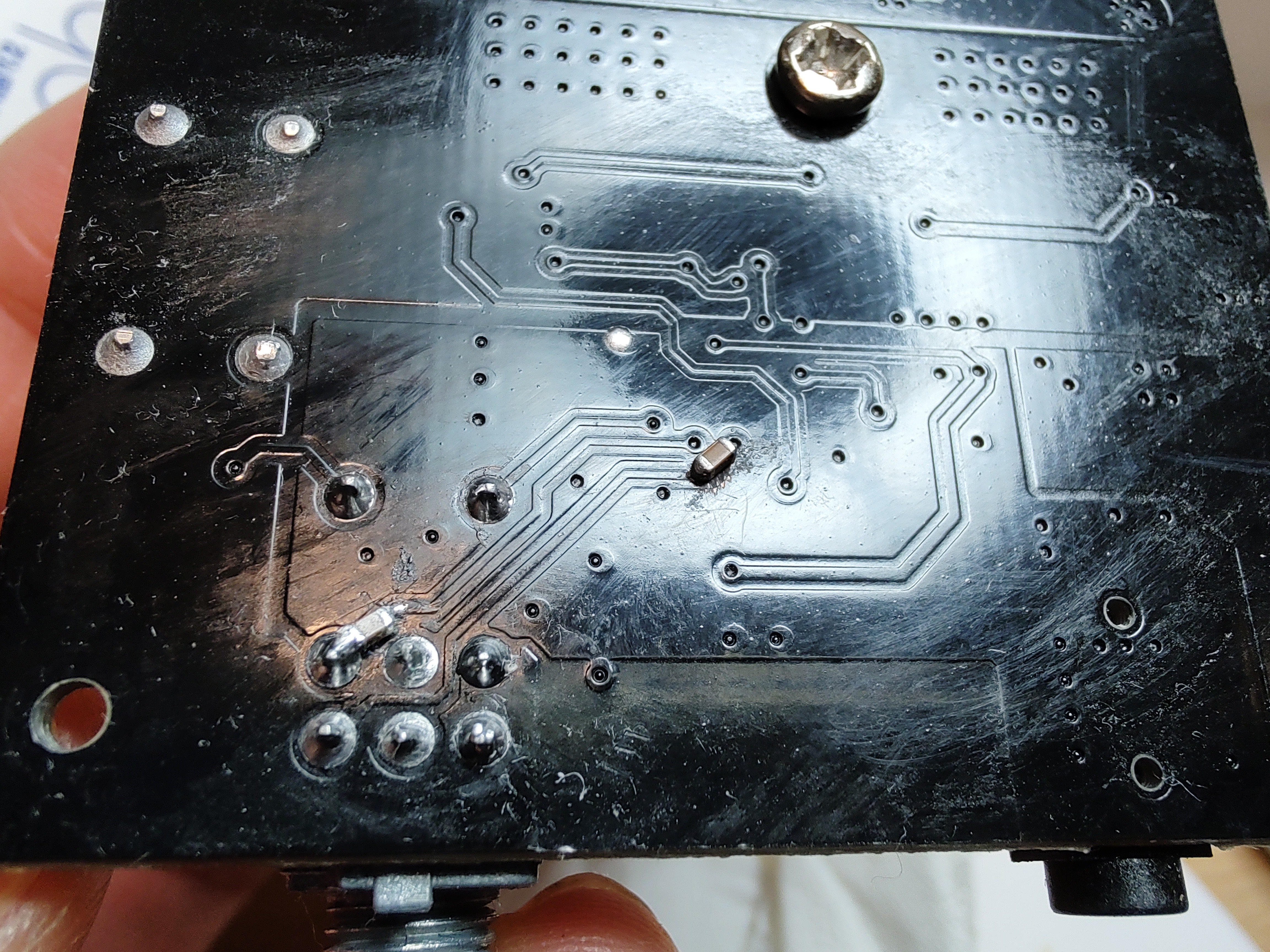
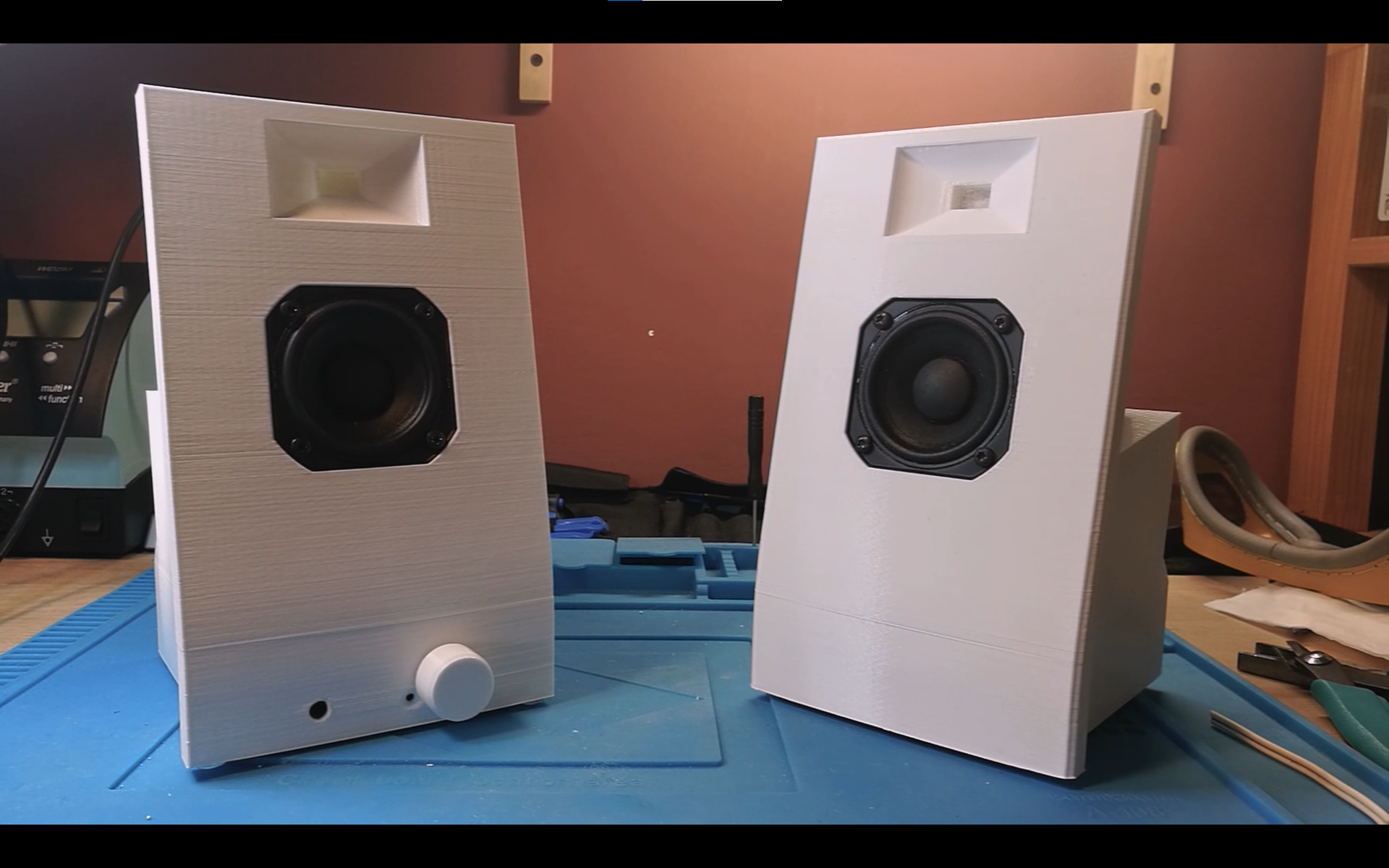
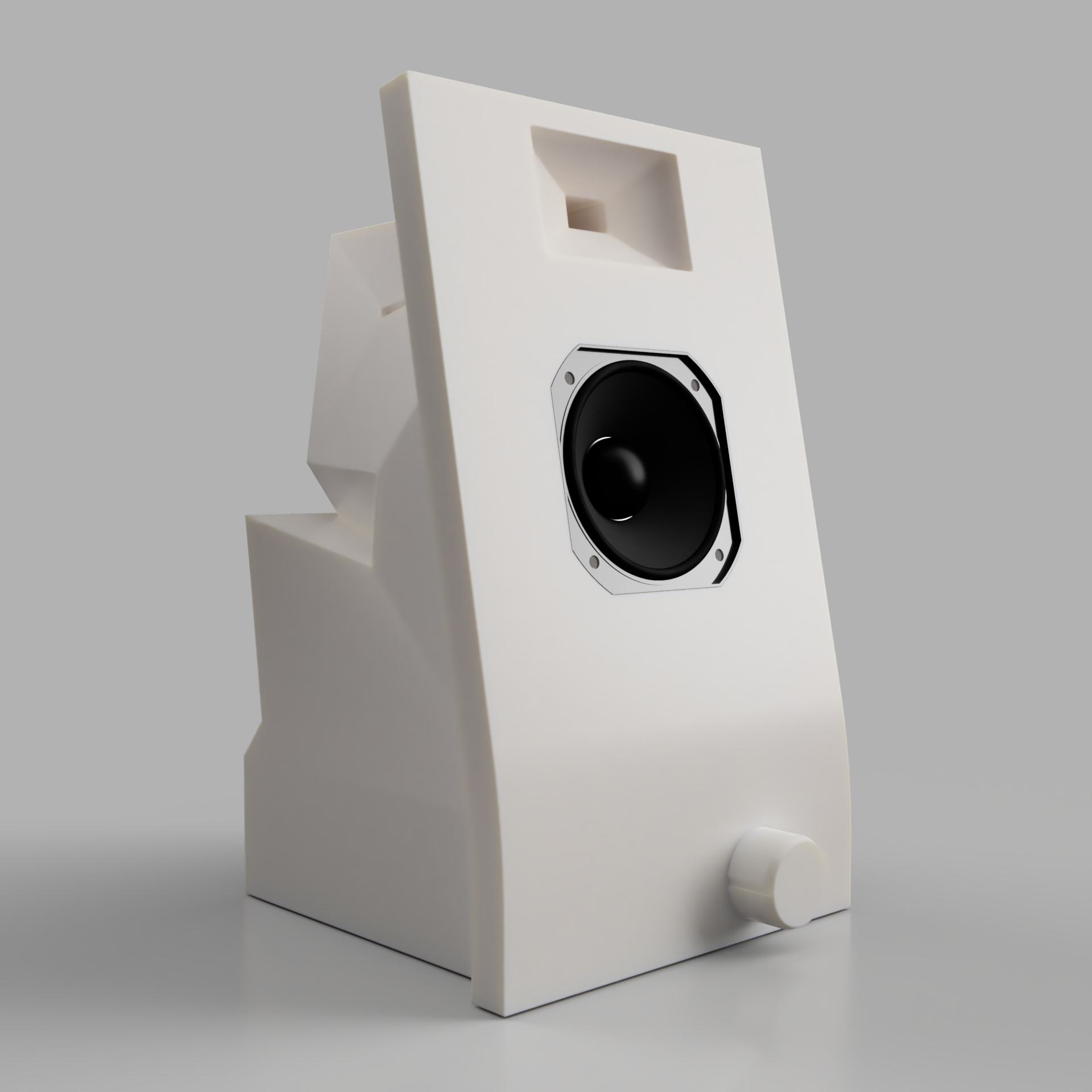

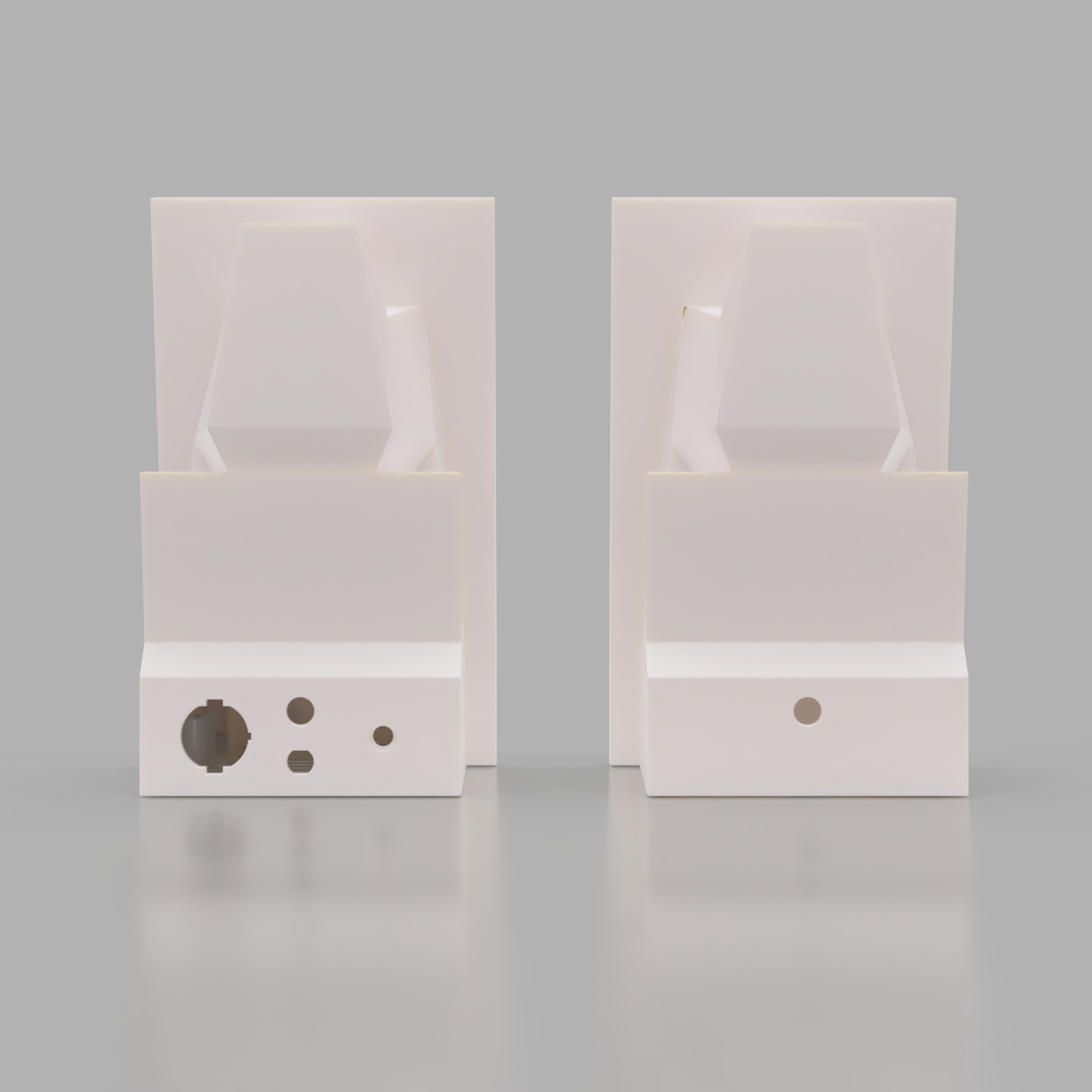
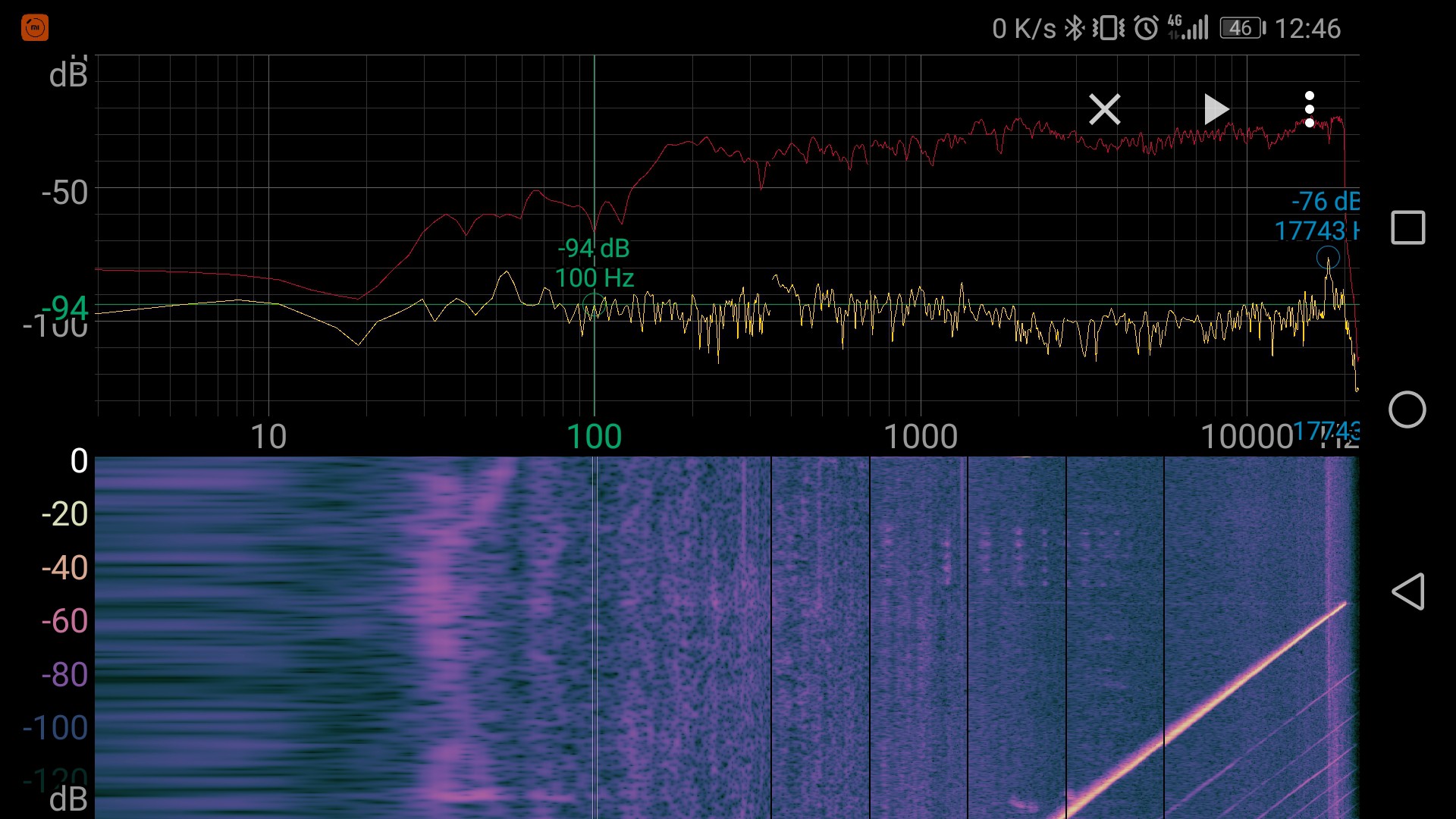
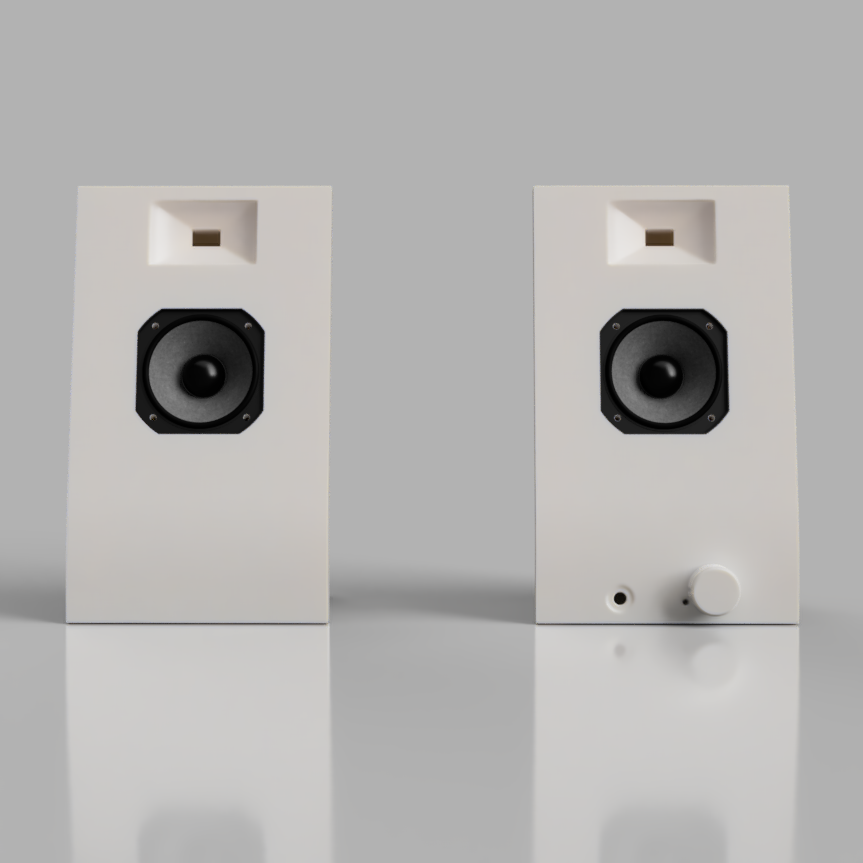
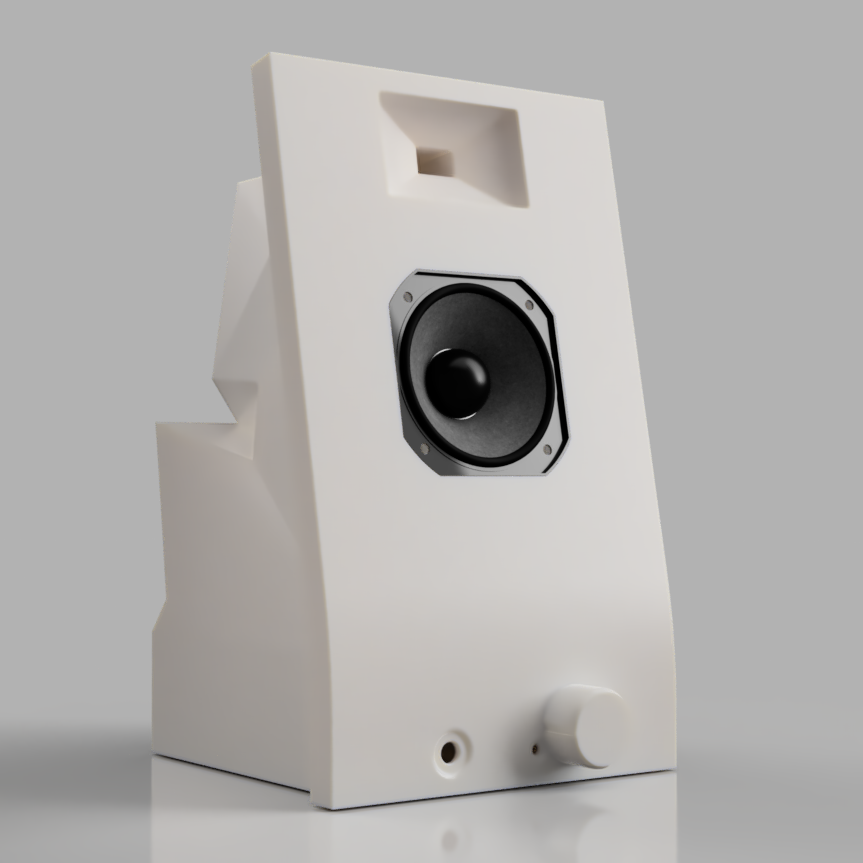
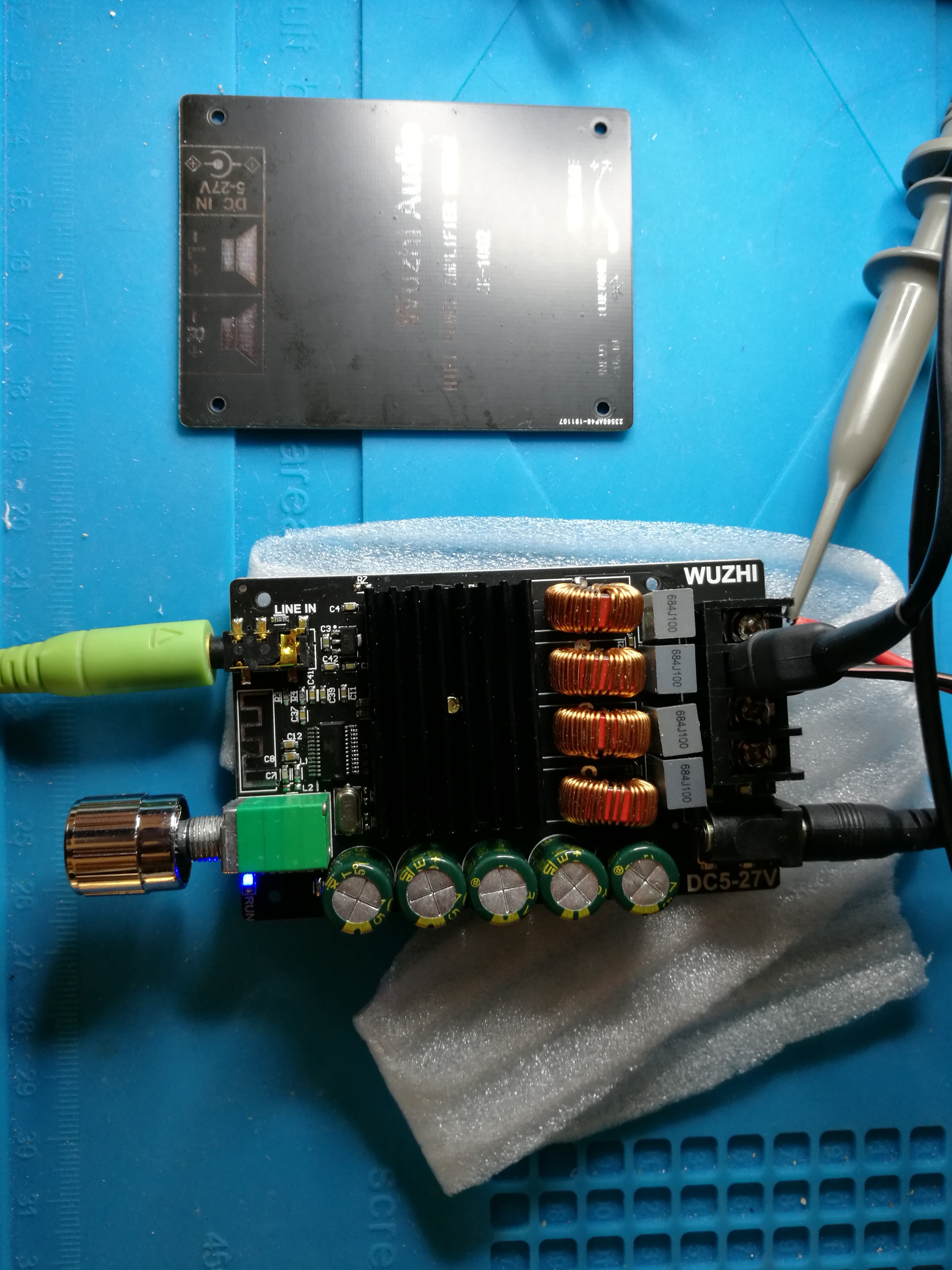
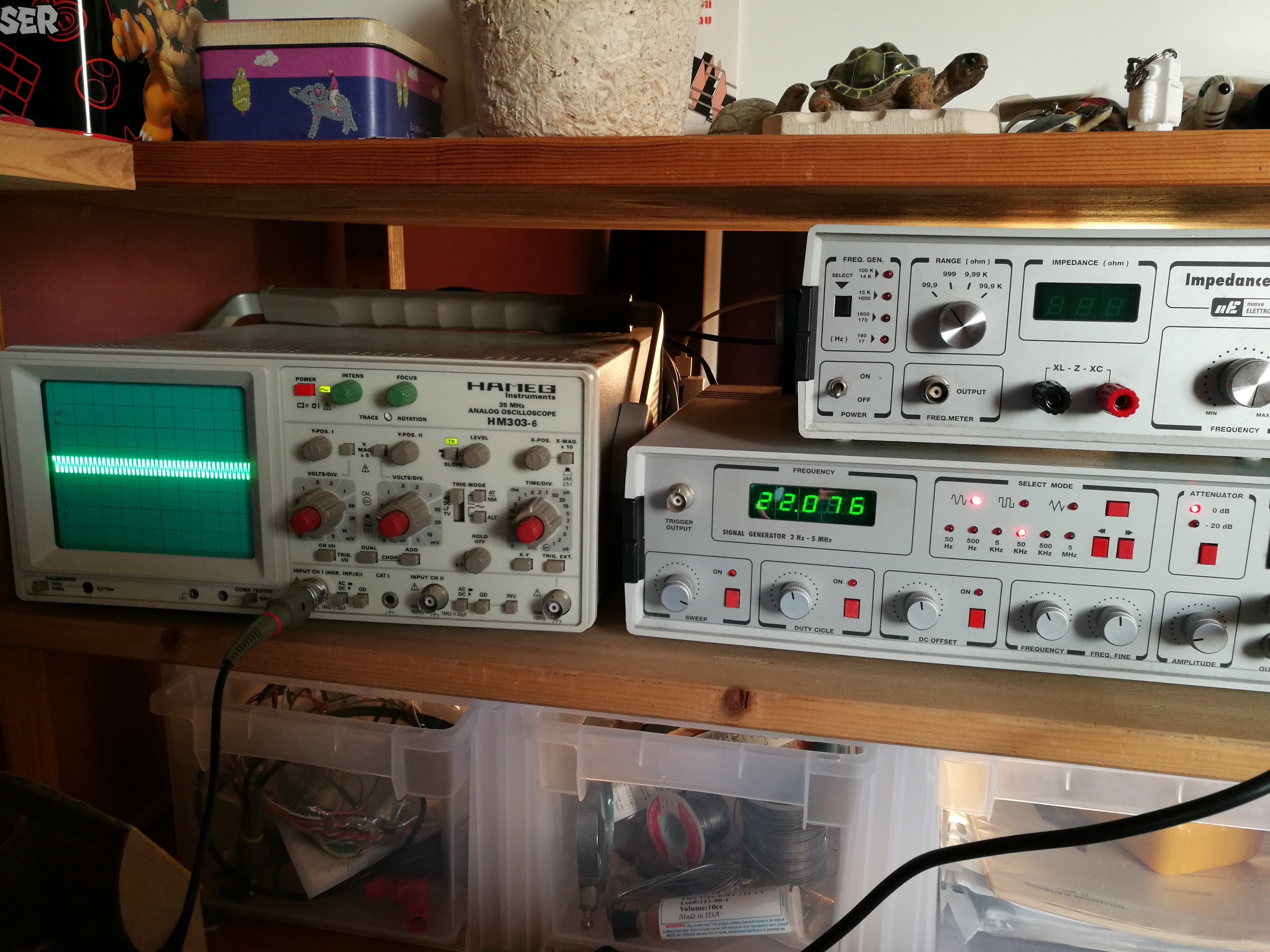

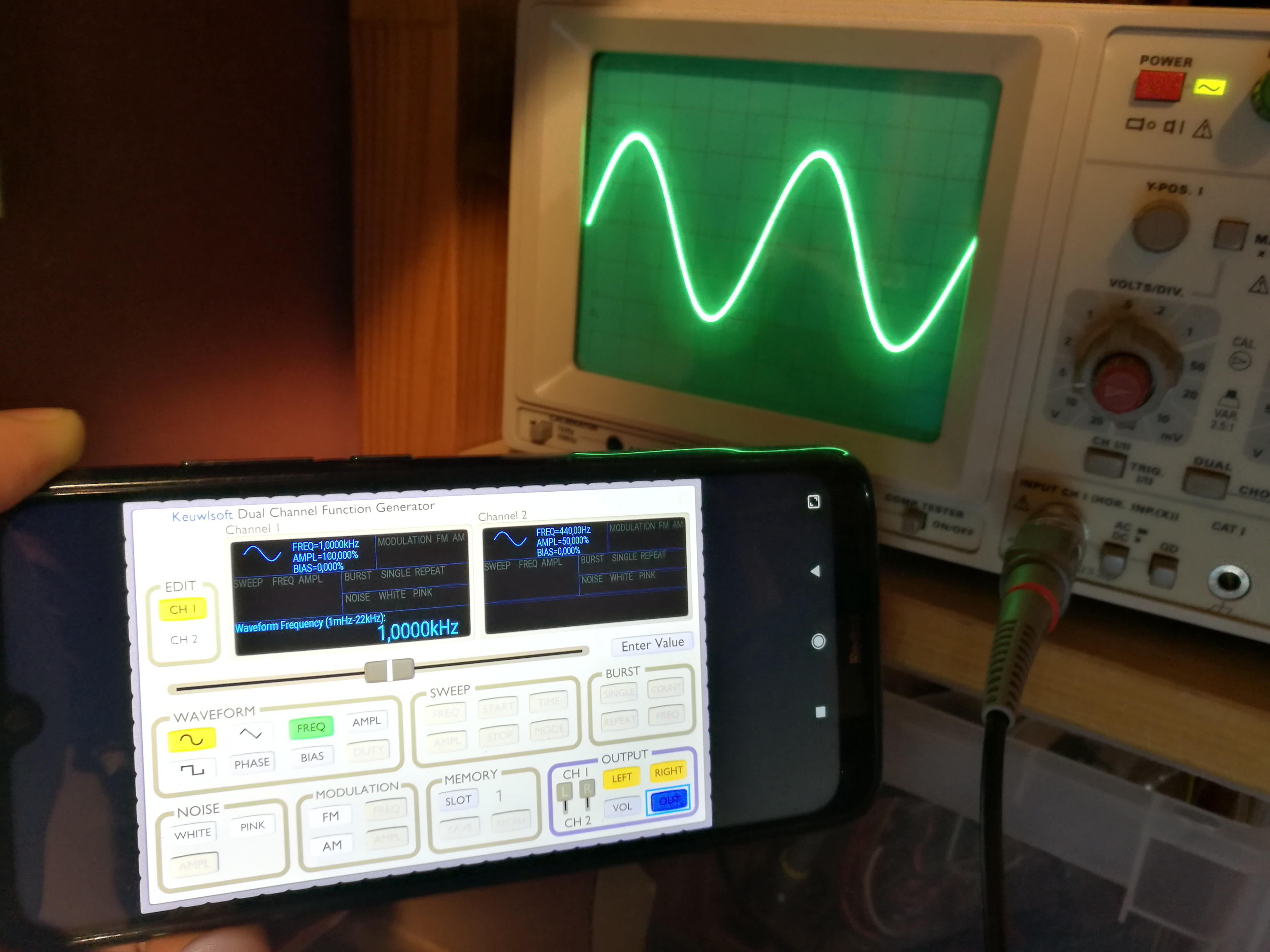
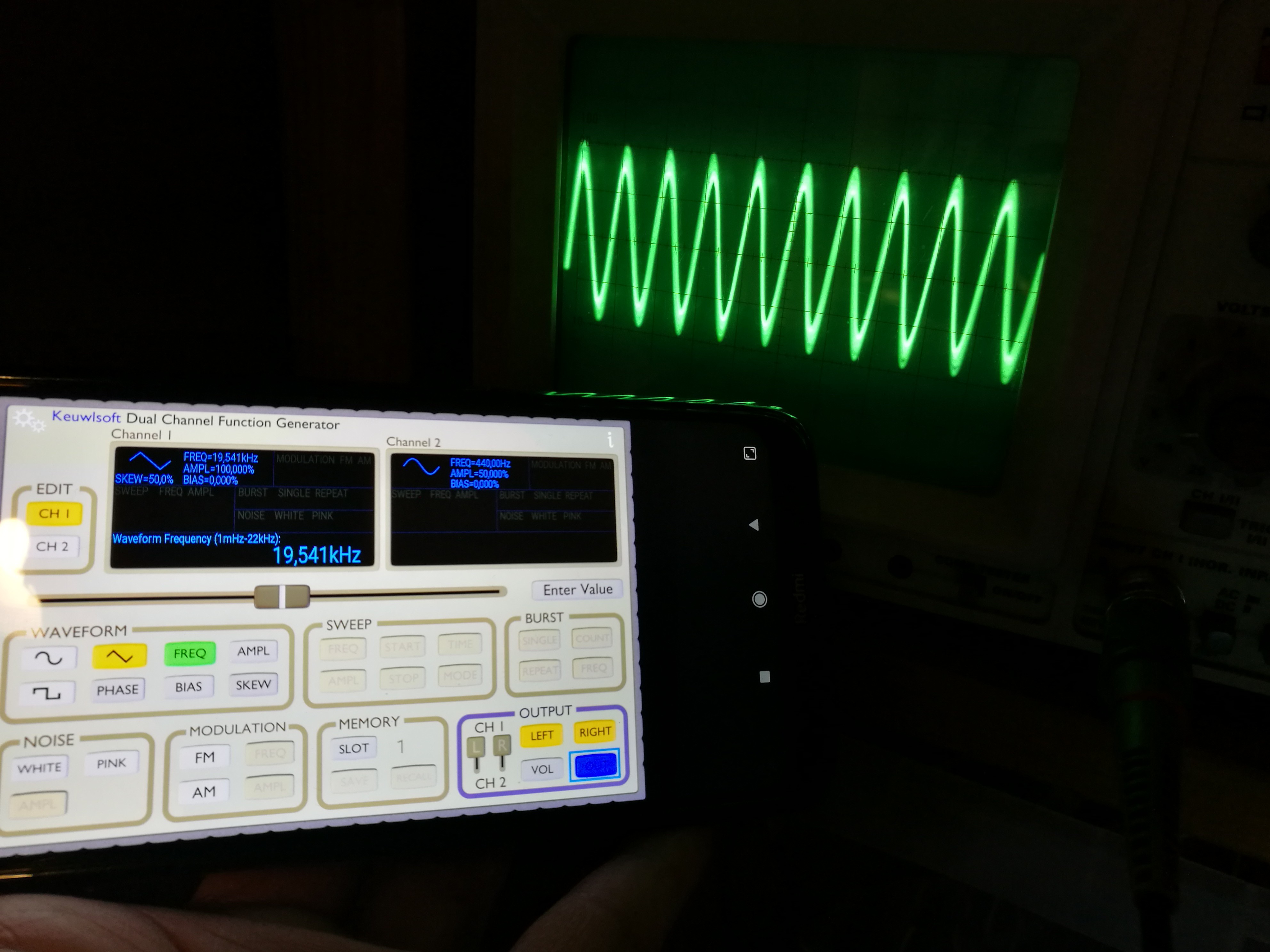
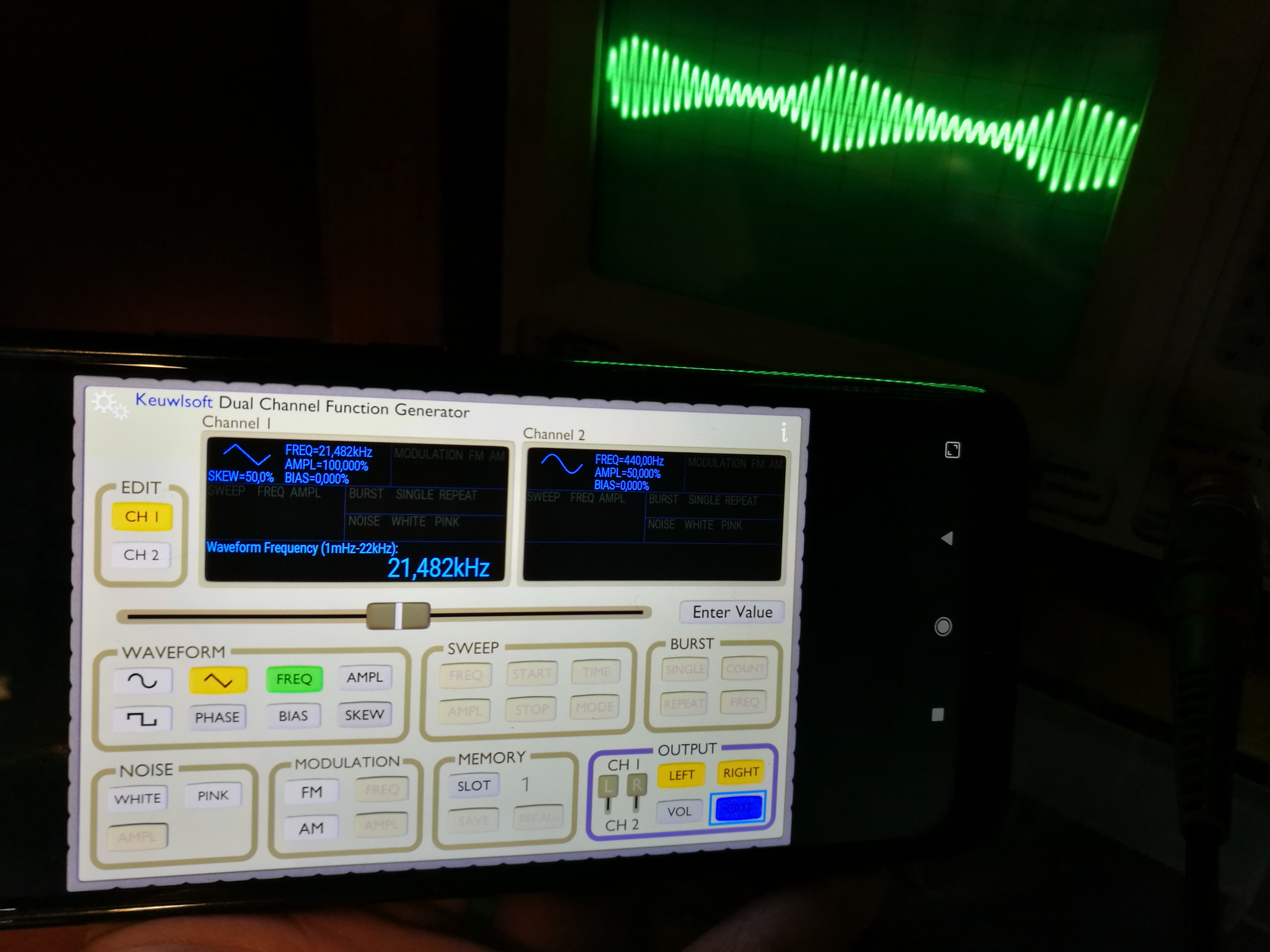
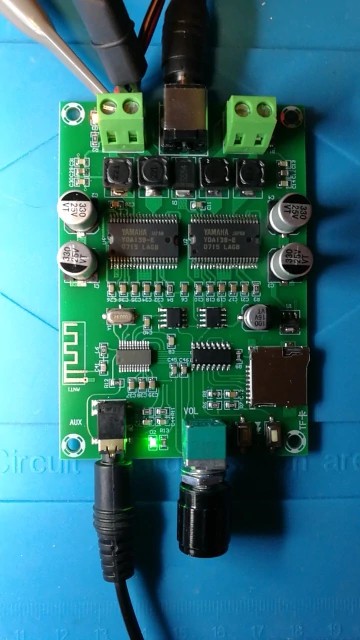
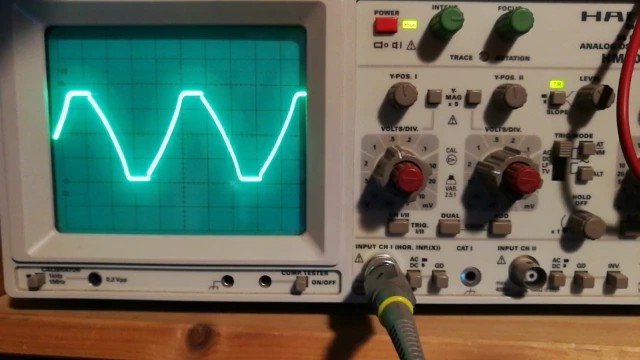

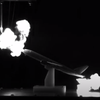
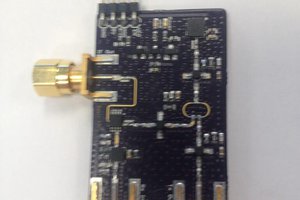
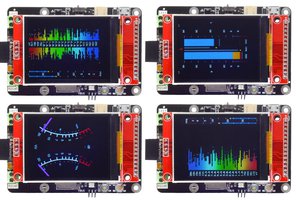
 andriy.malyshenko
andriy.malyshenko
 Quinn
Quinn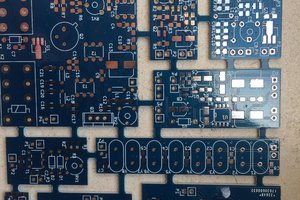
 M.daSilva
M.daSilva
This is a super nice project!
Would you mind sharing the source Fusion360 file? I would like to try and modify the design of your speakers while keeping the transmission line!